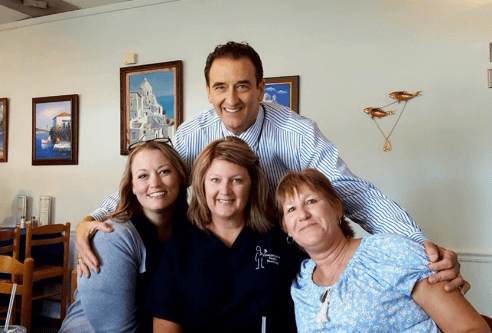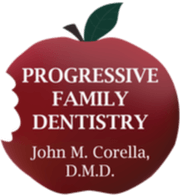New Patients
Welcome!
No More Shopping Around
for a Dentist

Get started with a dentist
you feel comfortable with today!
What to Expect
Being prepared will also help relieve any unnecessary anxiety you may be feeling. Educate yourself on your symptoms by reviewing the content provided. Also, take some time to review our staff page and familiarize yourself with Dr. Corella and our great team. We look forward to your first visit!
Patient Forms
Financial Policies
Esthetic and restorative dentistry are excellent investments in an individual’s well-being. We firmly believe that financial considerations should not be an obstacle to obtaining the treatment you desire. We are sensitive to the fact that each patient has different needs, therefore we have several payment options available so that treatment is accessible to everyone. All financial discussions and arrangements are kept strictly confidential.
Payment Options:
- 10% courtesy for pre-payment in full
- VISA, MasterCard, American Express, Discover, Cash, Checks, and Care Credit
Insurance Accepted
Most insurance plans are accepted. If you are covered by a dental insurance plan, we will gladly file your insurance forms for you with a request to have the benefits assigned to the office. Co-payments are required at the beginning of treatment.
Your Healthcare Credit Card
We’re pleased to offer our patients CareCredit – North America’s leader in patient payment plans. CareCredit lets you begin your treatment immediately – then pay for it over time with low monthly payments that fit easily into your monthly budget. CareCredit is the credit card exclusively for healthcare services.
Additional Benefits
- Low minimum monthly payments
- No up-front costs, no pre-payment penalties
- Learn more by visiting CareCredit.com or contacting our office.
Ready to apply?
Pay My CareCredit Bill
Do you need to make a payment on your CareCredit account? Follow this link to login and pay your bill.
Pay My Bill Through PayPal
We offer easy bill payments through PayPal.
Are you ready to become a patient of Progressive Family Dentistry?
Call us at 843-873-7326 or contact us here to get started!
